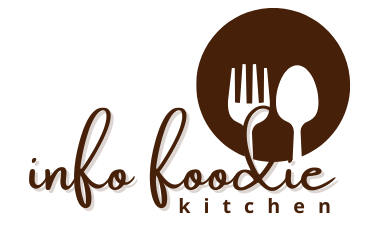A layer cake is more than just a dessert—it’s a statement of celebration, artistry, and culinary skill. With its alternating layers of cake and filling, this classic treat has become synonymous with birthdays, weddings, and special occasions. Whether you prefer a simple vanilla sponge or an elaborate multi-tiered creation, layer cakes offer endless possibilities to satisfy your sweet tooth.
A Brief History of Layer Cake
The concept of layered desserts dates back centuries, but the modern layer cake as we know it began to take shape in the 19th century. Advances in baking technology and the availability of refined sugar allowed bakers to experiment with lighter, fluffier cakes and richer fillings.
Key Milestones in Layer Cake History
- 17th Century Europe: Early layered desserts made with dense sponge cakes and fruit preserves.
- Victorian Era: The rise of baking powder led to lighter cakes. The classic Victoria sponge became a popular choice.
- 20th Century: Layer cakes became more elaborate with the advent of electric mixers and decorative piping tools.

Types of Layer Cakes
Layer cakes can be as diverse as the cultures and cuisines that inspire them. Here are some popular variations:
1. Classic Layer Cakes
- Vanilla Cake: A light, fluffy base paired with buttercream or fruit preserves.
- Chocolate Cake: Rich cocoa flavors with ganache or chocolate mousse layers.
2. Specialty Cakes
- Red Velvet Cake: A tangy, cocoa-infused cake with cream cheese frosting.
- Black Forest Cake: Layers of chocolate sponge, cherries, and whipped cream.
3. Cultural Variations
- Dobos Torte (Hungary): Thin sponge layers with chocolate buttercream and a caramel topping.
- Tres Leches Cake (Latin America): A sponge cake soaked in three types of milk for a moist, rich texture.
- Japanese Strawberry Shortcake: A light, airy sponge with fresh strawberries and whipped cream.
Key Components of a Layer Cake
A perfect layer cake is the sum of its parts, each playing a crucial role in the final product.
1. The Cake Base
The foundation of the dessert, the cake base determines the texture and flavor. Common options include:
- Sponge cake
- Butter cake
- Genoise
2. Fillings
Fillings add flavor and moisture between the layers. Popular choices include:
- Buttercream or cream cheese frosting
- Fruit preserves or compotes
- Ganache or mousse
3. Frosting
The outer layer not only enhances the flavor but also provides a canvas for decoration.
- Types: Buttercream, whipped cream, fondant, or ganache
- Purpose: Protects the cake and locks in moisture
4. Decorations
From piped flowers to fresh fruit and edible glitter, decorations elevate the visual appeal of the cake.
How to Make a Perfect Layer Cake
Creating a flawless layer cake at home requires patience and precision. Follow these steps for success:
1. Prepare the Cake
- Bake the cake layers evenly using pans of the same size.
- Cool the cakes completely before assembling.
2. Level the Layers
- Trim the tops of each layer to ensure a flat surface.
- Use a serrated knife or a cake leveler for precision.
3. Add the Filling
- Spread an even layer of filling on each cake layer.
- Use an offset spatula for smooth application.
4. Assemble and Frost
- Stack the layers carefully, aligning them as you go.
- Apply a crumb coat (a thin layer of frosting) before adding the final layer of frosting.
5. Decorate
- Use piping bags for intricate designs.
- Add fresh flowers, fruits, or sprinkles for a festive touch.
Tips for Baking Layer Cake
- Use Room-Temperature Ingredients: Ensures better mixing and a smoother batter.
- Invest in Quality Pans: Non-stick, even-heating pans make a difference.
- Chill Between Steps: Refrigerate the cake after crumb coating to stabilize the layers.
- Be Patient: Allow time for each step to ensure a flawless result.

FAQs About Layer Cake
1. How many layers should a cake have?
Typically, a layer cake has two to three layers, but some can go up to seven or more for dramatic effect.
2. Can I use box mix for layer cake?
Yes! Box mixes can serve as a base, but homemade fillings and frostings elevate the flavor.
3. How do I prevent my layers from sliding?
Use a stable filling and chill the cake between layering to keep it secure.
4. What’s the best way to store a layer cake?
Store in an airtight container in the fridge for up to three days.
RELATED POSTS
Conclusion
The art of making a layer cake is as rewarding as it is delicious. From simple classics to elaborate showstoppers, these cakes offer endless opportunities for creativity. Whether you’re baking for a birthday, a wedding, or just because, a well-crafted layer cake is always a crowd-pleaser.

You have brought up a very good points, regards for the post.